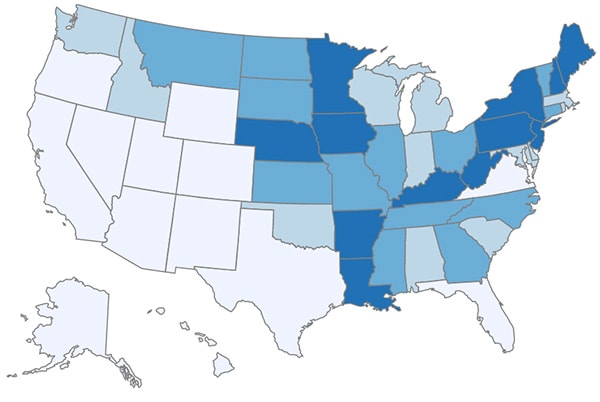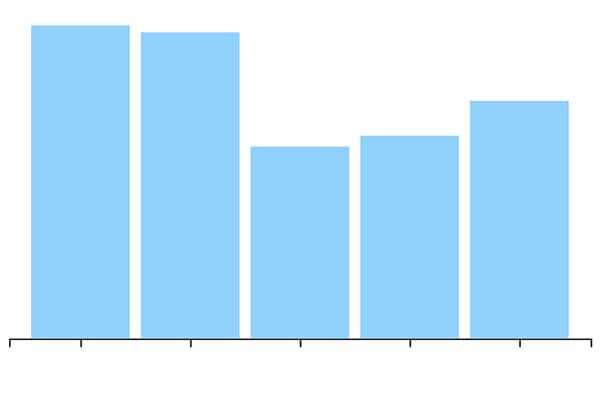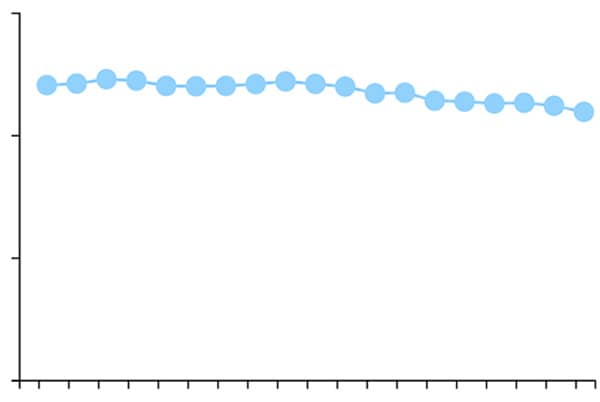Cancer Data and Statistics
This video highlights the features of U.S. Cancer Statistics, the official federal cancer statistics.
In the United States in 2020, 1,603,844 new cancer cases were reported and 602,347 people died of cancer. For every 100,000 people, 403 new cancer cases were reported and 144 people died of cancer. 2020 is the latest year for which incidence data are available.
The United States Cancer Statistics (USCS) are the official federal cancer statistics. They come from combined cancer registry data collected by CDC’s National Program of Cancer Registries and the National Cancer Institute’s Surveillance, Epidemiology, and End Results (SEER) program. These data are used to understand cancer burden and trends, support cancer research, measure progress in cancer control and prevention efforts, target action on eliminating disparities, and improve cancer outcomes for all.
Data Visualizations Tool
The Data Visualizations tool makes it easy for anyone to explore and use the latest official federal government cancer data from USCS. It includes the latest cancer data covering the U.S. population.
USCS Public Use Databases
Researchers can access and analyze high-quality population-based cancer incidence data on the entire United States population. De-identified cancer incidence data are available to researchers for free in public use databases.
Tools that provide various statistics about cancer, as well as databases available to researchers.
Other sources of cancer data for the United States and worldwide.




